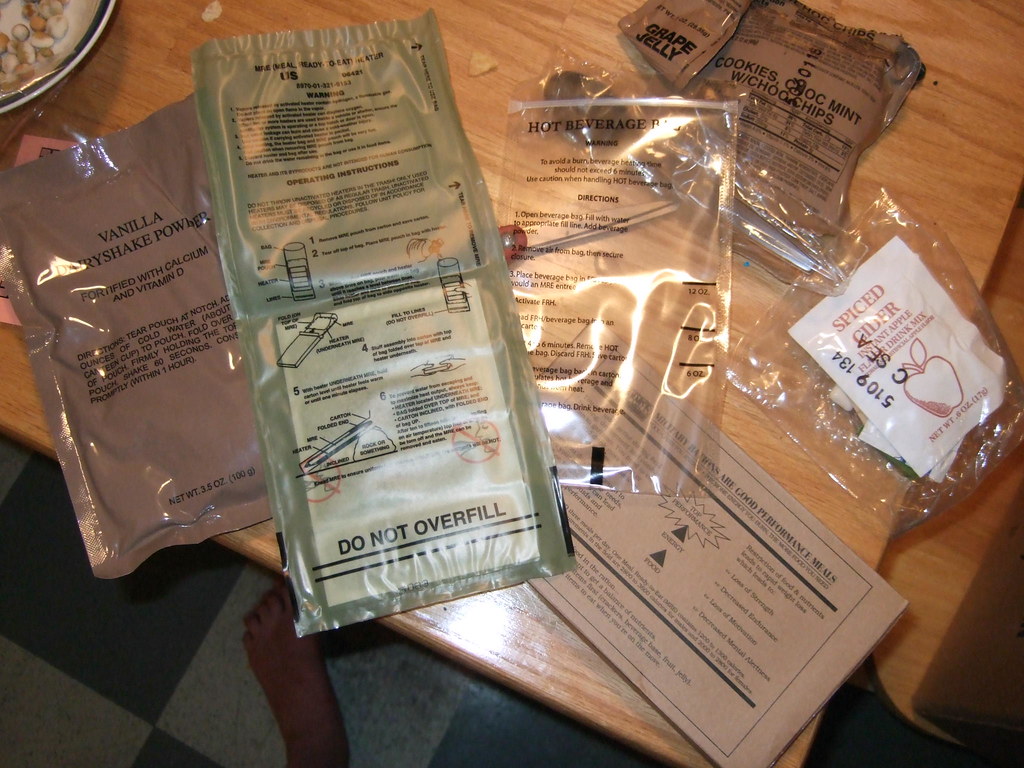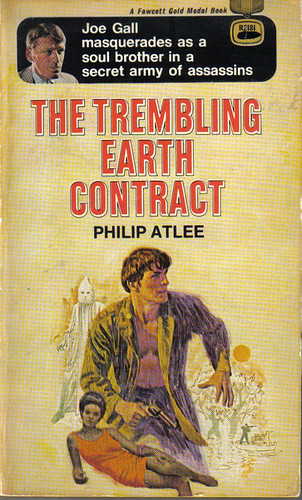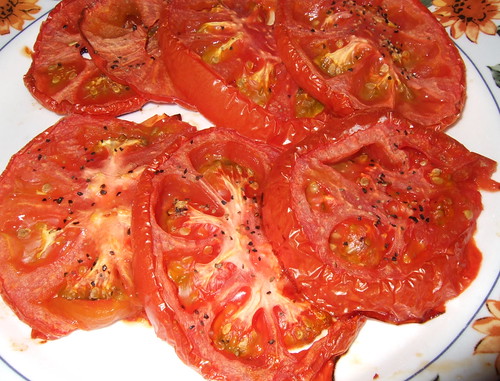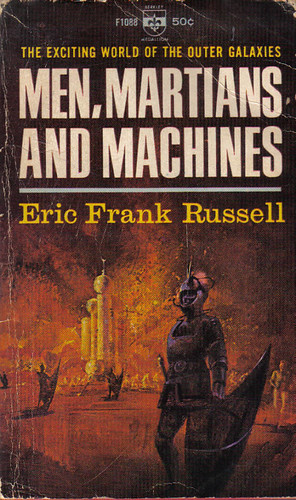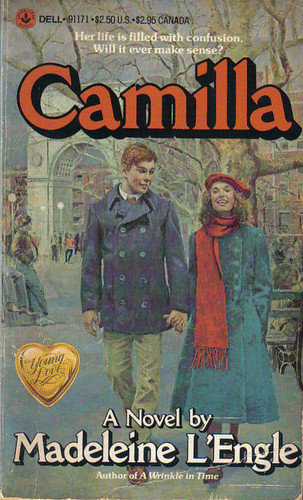 I just finished reading Camilla by Madeleine L'Engle (originally published in 1951 as Camilla Dickinson), because how on earth could I resist it after Choo's description. I'm sad to say I wasn't re-reading it because for some reason the only L'Engle I read as a kid was the Wrinkle in Time series. The whole time I was reading this book it was like there were two me's in me -- the junior high me who would have lovedlovedloved this book and its complicated and endearing characters and dramas, and the grown up me who loved the characters, but sometimes found the dialogue a little goofy and the philosophies a little heavy handed.
I just finished reading Camilla by Madeleine L'Engle (originally published in 1951 as Camilla Dickinson), because how on earth could I resist it after Choo's description. I'm sad to say I wasn't re-reading it because for some reason the only L'Engle I read as a kid was the Wrinkle in Time series. The whole time I was reading this book it was like there were two me's in me -- the junior high me who would have lovedlovedloved this book and its complicated and endearing characters and dramas, and the grown up me who loved the characters, but sometimes found the dialogue a little goofy and the philosophies a little heavy handed.Camilla is the story of Camilla Dickinson, a 15 year old from a wealthy New York City family. She is an only child and has lived a relatively sheltered life until one day she comes home to find her beautiful and fragile mother kissing a man who isn't her strong and silent father. Camilla is great because she keeps almost everything inside (I can relate) and doesn't talk about how all this makes her feel, even to her best friend Luisa whose parents often have screaming matches that wake up the neighbors, drink too much, and break things. Instead Camilla finds herself falling into a first romance with Luisa's older brother, Frank, and that little bit of distance is enough to pull her away from her parents and make her see herself as an individual, her parents as human, and her friends as fallible.
There are the kinds of young-romance / coming-of-age plot points that you might expect in this kind of novel, but L'Engle handles them all in such a unique, real, and dark way that this book is miles away from the usual young adult fare. It treats the reader like they are smart and grown up enough to read about war, death, drinking problems, suicide, amputation, depression, unhappy endings, and failed love. There are light and happy points too, and L'Engle's description of New York City is truly wonderful.
If you read this as a kid and loved it, go read it again right now. And if you know a kid who is an adventurous reader, put this book in their hands. For me, it transported me back to the intensely dramatic and weird world of growing up -- I'm usually not too sad that I'm past that point in my life, but sometimes something like this book makes me miss all the newness and craziness of fifteen.
